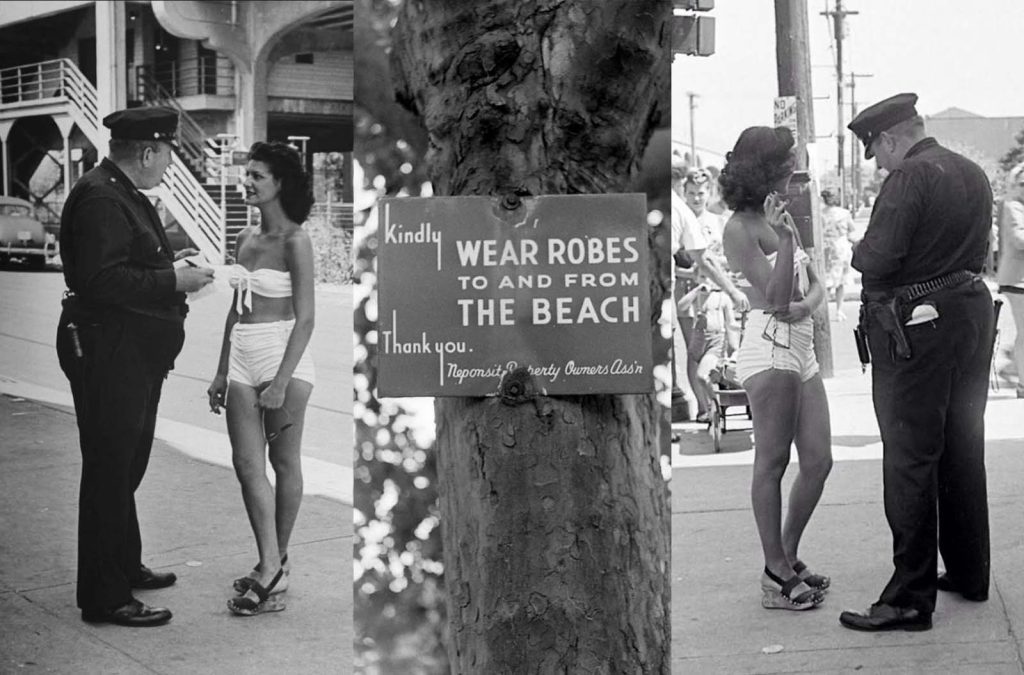Introduction
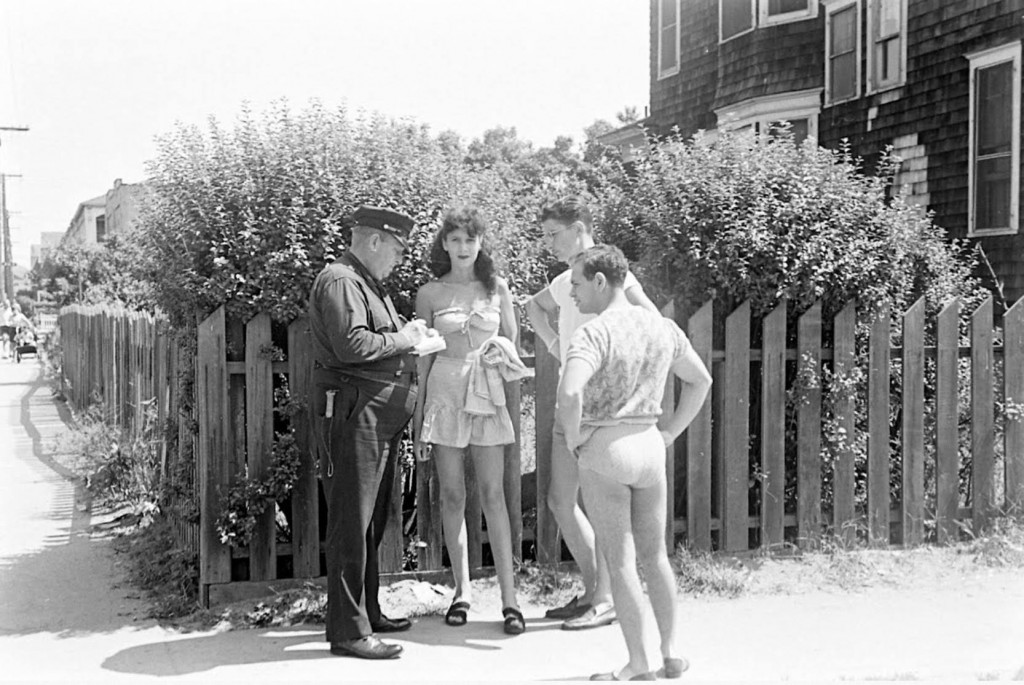
In 1946, a series of shocking photographs captured the attention of the nation. These photos depicted people being ticketed for ‘indecent exposure’ at Rockaway Beach in New York. The images caused a stir and brought attention to the changing cultural norms and the evolving attitudes towards public decency. This article delves into the incident, its consequences, and the cultural significance of these photos.
The Culture of Rockaway Beach in 1946

In 1946, Rockaway Beach was a popular destination for New Yorkers seeking relief from the summer heat. The beach was known for its lively atmosphere, attracting people from diverse backgrounds. It was a place where individuals could relax, socialize, and escape the pressures of everyday life. The culture of Rockaway Beach reflected the changing times, with a more liberal and carefree approach towards leisure activities.
The Incident of Indecent Exposure
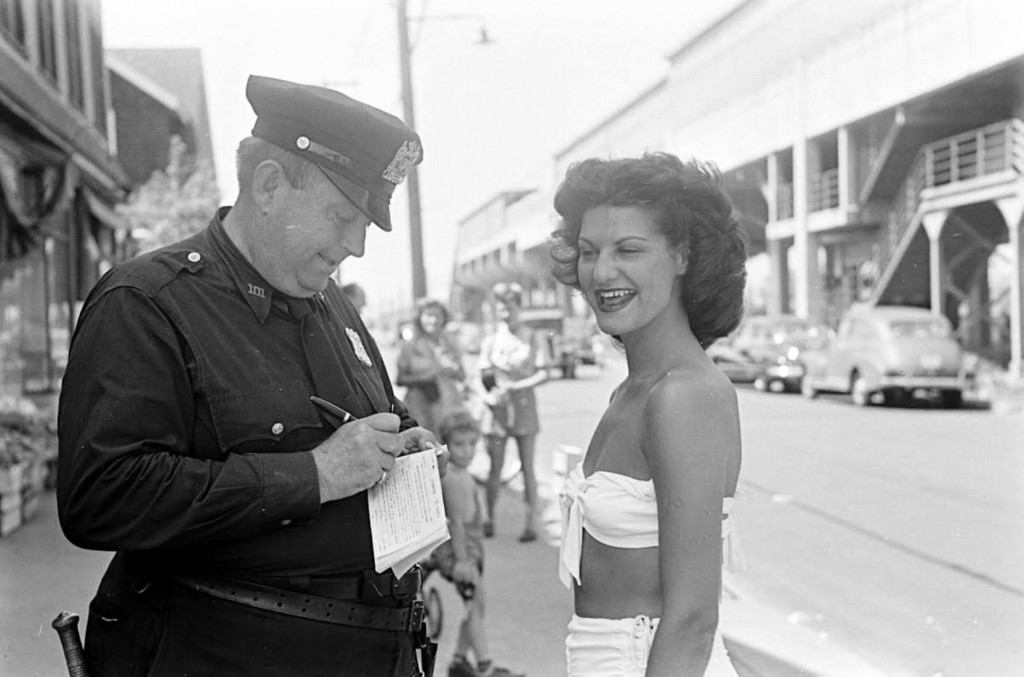
During the summer of 1946, a group of individuals at Rockaway Beach engaged in what was considered at the time as ‘indecent exposure.’ Their actions involved shedding their traditional swimwear and sunbathing in the nude. These individuals were unaware that their behavior was in violation of public decency laws.
The Reaction of Authorities
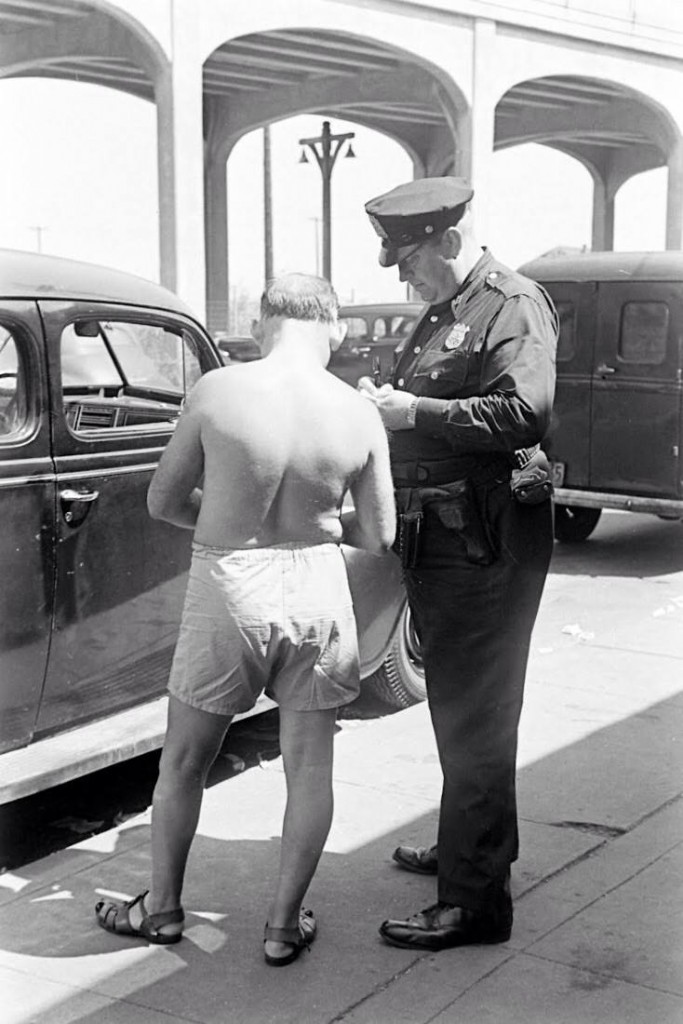
When the authorities were informed about the incident, they swiftly responded. Police officers arrived at Rockaway Beach to address the situation and restore public order. The individuals involved were issued tickets for ‘indecent exposure,’ a charge that could have serious consequences.
Public Response and Controversy
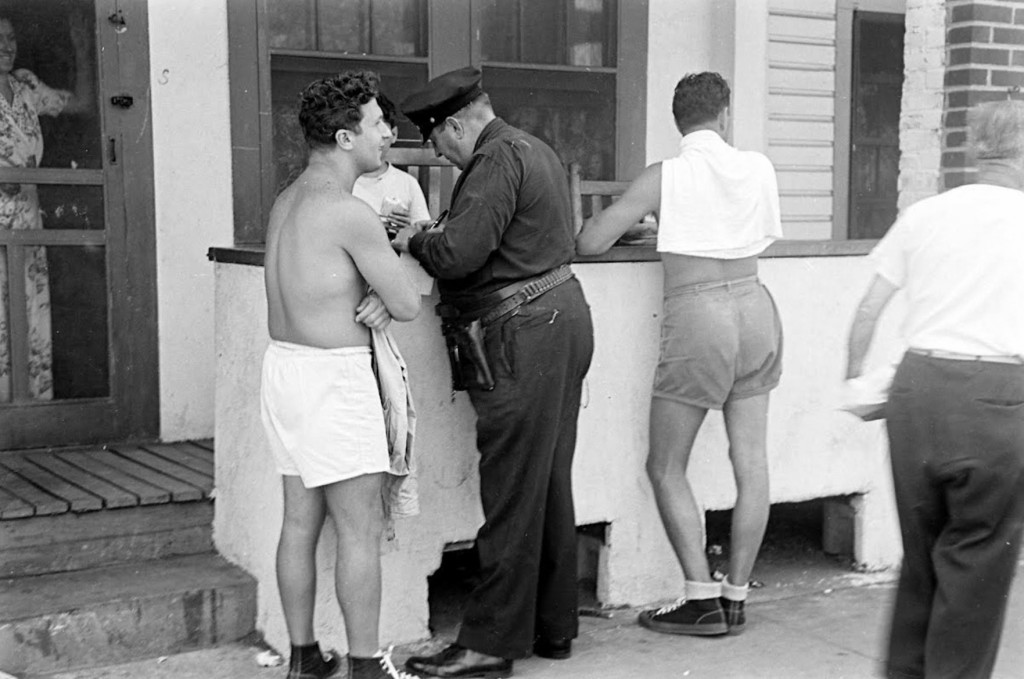
The news of the incident quickly spread, and the photographs taken at Rockaway Beach gained widespread attention. The public response was mixed, with some individuals expressing shock and outrage, while others saw it as a symbol of personal freedom and a rebellion against societal norms. The incident ignited a heated debate about the boundaries of public decency and personal liberties.
The Impact on Society and Legislation
The incident at Rockaway Beach and the subsequent controversy had a profound impact on society and legislation. It prompted a reevaluation of public decency laws and led to a push for more liberal views on nudity and personal expression. This event contributed to the changing cultural landscape and set the stage for discussions surrounding individual freedoms and societal norms.
Cultural Significance of the Photos
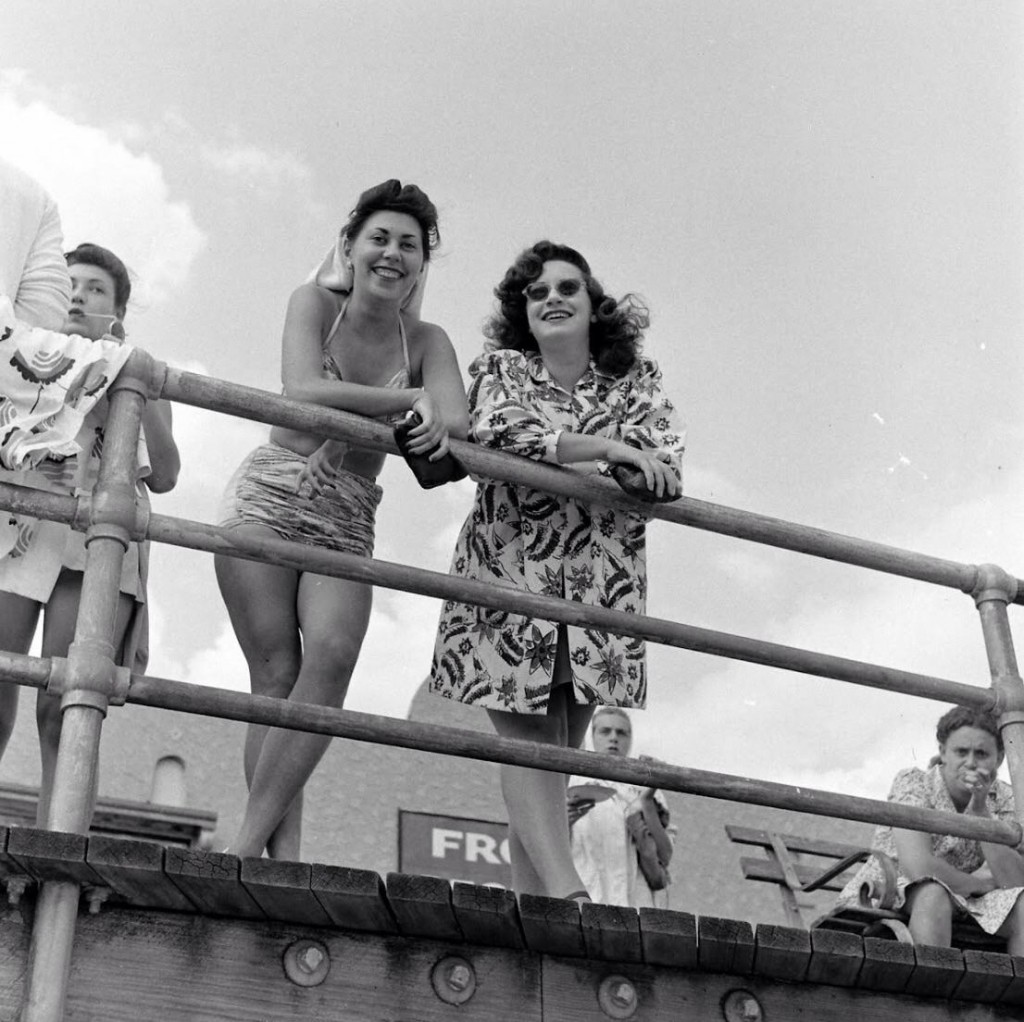
The photographs captured at Rockaway Beach in 1946 have become iconic symbols of a specific moment in history. They serve as a visual representation of the tension between societal expectations and personal liberties. These images continue to spark conversations about cultural norms, personal expression, and the evolving nature of society.
Conclusion
The incident of people being ticketed for ‘indecent exposure’ at Rockaway Beach in 1946 stands as a significant event that challenged societal norms and initiated discussions about personal freedoms. The photographs taken during this incident have endured as powerful symbols of cultural change and the pursuit of individual liberties.
It appears that the individuals involved were unaware of the legal consequences of their actions.
The public response was divided, with some expressing shock and others seeing it as an act of personal freedom.
The incident prompted discussions about public decency laws, leading to a reevaluation of societal norms.
It contributed to a more liberal view on personal expression and individual freedoms.
Yes, the photographs continue to be a significant part of cultural history and can be viewed in various archives and publications.
(Photo credit: Sam Shere / LIFE Magazine / Article based on Invisible Lines in the Sand: Bather Arrests in Early 20th-Century Los Angeles by Elsa Devienne and translated by Oliver Waine / metropolitics.org / Thermnagency.com)
